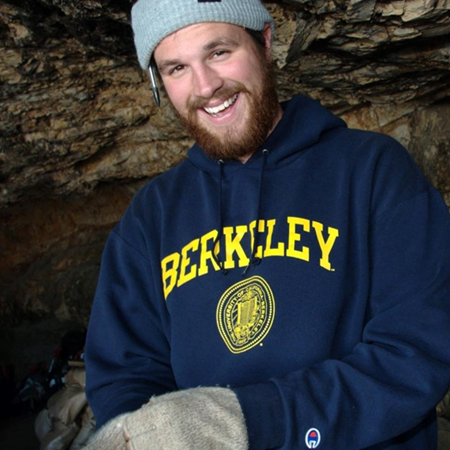Congratulations to John Murray (Institute of Human Origins, School of Human Evolution and Social Change, Arizona State University; Social Sciences Department, Glendale Community College), the winner of the EAG Laboratories-SAS Student Pilot Research Award! This award is designed to support the collection of preliminary chemical data for use in major funding applications and was newly launched in 2025. SAS is excited to see the results of John's research on silcrete and stone tools and is grateful to Eurofins EAG Laboratories for their support of this award.

“How does geochemistry vary with mineralogy across South African silcrete sources?”
This award will allow John to apply Scanning Electron Microscopy – Energy Dispersive X-ray Spectroscopy (SEM-EDS) to geological thin sections of South African silcrete to better understand how silcrete structure relates to variation in geochemistry. Silcrete was commonly heat-treated and used as a raw material for manufacturing stone tools in the Middle Stone Age of South Africa. Due to its formation processes, the structure and quality of silcrete is highly variable and not all sources respond to heat treatment in the same way. Thus, it is important that we understand the mineralogical structure and geochemistry of archaeologically relevant sources to determine how heat treatment influences these characteristics.
John’s research focuses on better understanding how Middle Stone Age humans heat-treated silcrete on the south coast of South Africa through experimental archaeology, lithic analysis, and machine learning. This research contributes to a long-standing debate surrounding the complexity of the method used to heat-treat silcrete which may have implications regarding human cognition, social learning and teaching, and possibly language. Also, it has provided new pathways to identify heated silcrete in the archaeological record that are non-destructive, quantitative, and field friendly.
